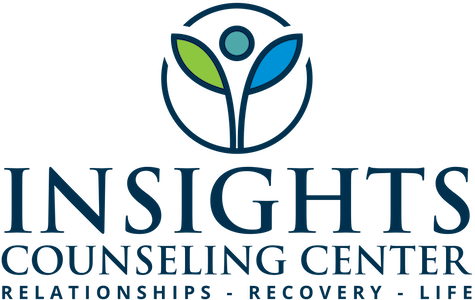The Connection Between Social Anxiety and Depression: Understanding the Link and Finding Hope
Living with social anxiety or depression can be a daunting and isolating experience. When these two mental health conditions occur together, they can be even more challenging to manage. At times it can be difficult to understand the connection between social anxiety and depression, but recognizing the link is an important step in finding hope. Let us explore the relationship between social anxiety and depression, how they can influence each other, and what steps you can take to seek professional help.
The Connection Between Social Anxiety and Depression
Social anxiety and depression are two distinct mental health conditions, but research has shown that they often co-occur. People with social anxiety are at an increased risk of developing depression and vice versa. Social anxiety disorder is characterized by intense fear and anxiety in social situations, leading to avoidance or extreme discomfort. Depression, on the other hand, is a mood disorder that manifests in feelings of sadness, hopelessness, and isolation. The shared trait between the two is that they both can cause people to withdraw from social situations, which can impact relationships and make it more difficult to connect with others.
The Influence on Each Other
Social anxiety and depression can also interact and exacerbate each other's symptoms. For instance, avoiding social engagements due to social anxiety can lead to loneliness, which can then fuel depression. On the other hand, depression can cause people to feel unmotivated and fatigued, making it difficult to maintain social connections, which can heighten social anxiety symptoms. This cycle can be very hard to break without professional help.
Steps To Take
Challenge negative thoughts: Negative thoughts can worsen symptoms of social anxiety and depression. It's important to identify these thoughts and challenge them with objective evidence. For instance, if you feel like you're not good enough to socialize with others, find evidence to the contrary such as positive experiences in the past.1
Connect with others: Social isolation can be a symptom of both social anxiety and depression. It is important to reach out to someone, even if it is just a trusted friend or family member. Having social support can reduce negative thoughts and boost self-esteem2.
Practice self-care: Engaging in activities that improve mood and well-being can reduce the symptoms of social anxiety and depression. Exercise, meditation, deep breathing, and other relaxation techniques can help reduce anxiety levels and promote calmness. Regular exercise has also been shown to help ease the symptoms of depression. Getting enough sleep, eating a nutritious diet, and avoiding drugs and alcohol can also have significant positive benefits on mood and overall health 3.
Neurofeedback: At our practice, we are dedicated to providing natural and effective treatments for social anxiety and depression. One promising approach is neurofeedback, which uses advanced technology to monitor the electrical activity in your brain and provide real-time feedback to help regulate it. Our QEEG brain maps can show areas of dysregulation, allowing us to pinpoint the areas of the brain where training is needed to improve symptoms.
What Ages Are Most Impacted
Evidence suggests that social anxiety and depression can affect people of all age groups, but certain age ranges may be more susceptible to these conditions4 5. According to research, the prevalence of symptoms of depression is highest among adults aged 18-29, followed by those aged 45-64 and 65 and over, with the lowest prevalence observed in the age group of 30-445.
Moreover, adolescence is also a time when mental health issues, including depression and anxiety, can emerge. The World Health Organization states that one in seven adolescents aged 10-19 experiences a mental disorder, with depression, anxiety, and behavioral disorders among the leading causes of illness and disability within this age group6.
It's important to note that these statistics represent general trends and that individual experiences can vary. Additionally, factors such as life circumstances, genetic predisposition, and access to mental health resources can also influence the prevalence and severity of social anxiety and depression across different age groups.
Living with social anxiety and depression can be challenging, but there is hope. Recognizing the connection between these two mental health conditions and seeking professional help is a critical step forward. With proper diagnosis, treatment, and support, people can manage their symptoms and move forward on a path to recovery. Email us today if you or your teen are ready to reach out for help.
Sources:
"12 Powerful Ways to Help Overcome Social Anxiety," Psychology Today.
[https://www.psychologytoday.com/us/blog/calmer-you/202007/12-powerful-ways-help-overcome-social-anxiety] ↩"Social Anxiety Disorder: Symptoms, Treatments, and Causes," Healthline.
[https://www.healthline.com/health/social-anxiety-disorder] ↩"Depression and Anxiety: How to Cope with Both, Differences, and More," Healthline.
[https://www.healthline.com/health/mental-health/depression-and-anxiety] ↩Facts & Statistics - Anxiety and Depression Association of America, ADAA. Source ↩
Products - Data Briefs - Number 379 - September 2020. Source ↩ ↩2
Mental health of adolescents - World Health Organization (WHO). Source ↩

